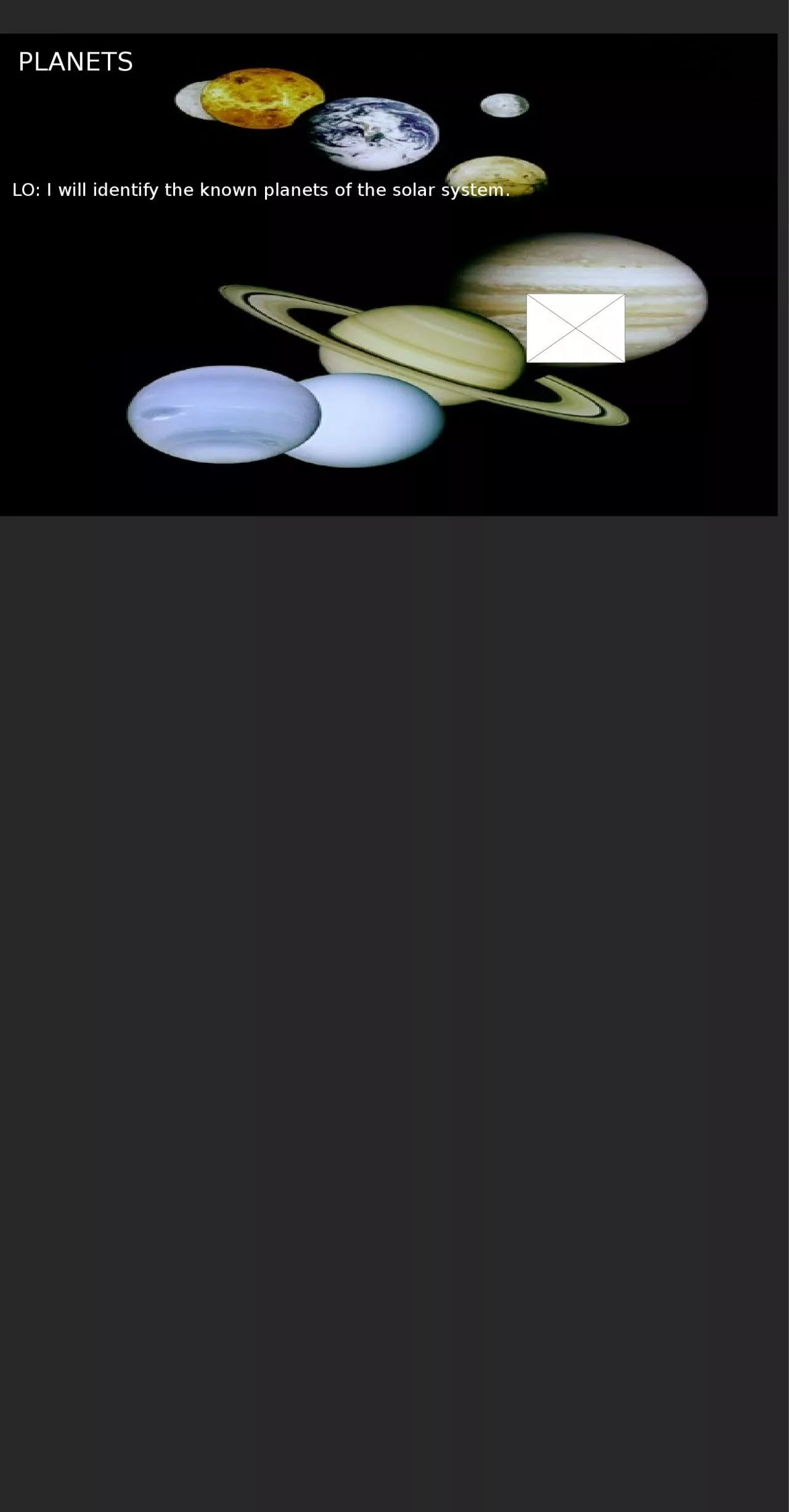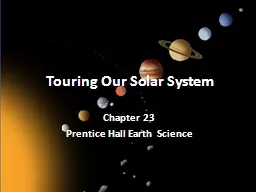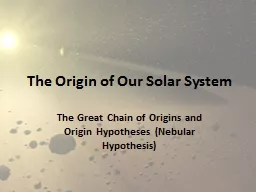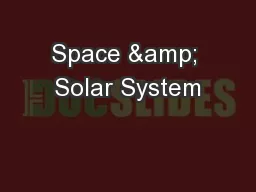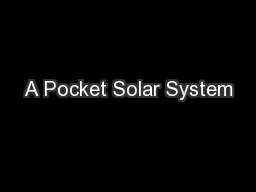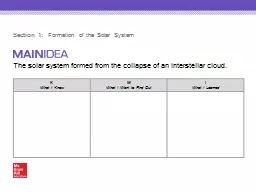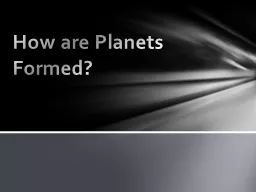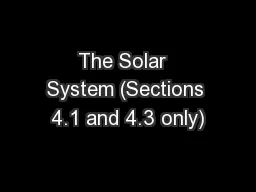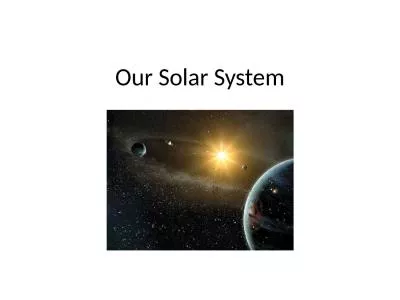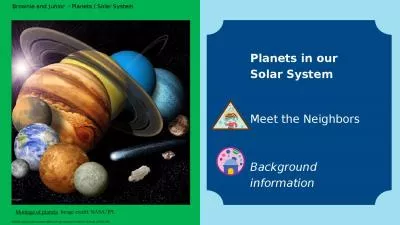PPT-PLANETS LO: I will identify the known planets of the solar system.
Author : sophie | Published Date : 2023-10-27
SOLAR SYSTEM all of the planets moons comets and rocks that travel around the Sun GALAXY giant collection of gas dust and trillions of stars Milky Way our
Presentation Embed Code
Download Presentation
Download Presentation The PPT/PDF document "PLANETS LO: I will identify the known pl..." is the property of its rightful owner. Permission is granted to download and print the materials on this website for personal, non-commercial use only, and to display it on your personal computer provided you do not modify the materials and that you retain all copyright notices contained in the materials. By downloading content from our website, you accept the terms of this agreement.
PLANETS LO: I will identify the known planets of the solar system.: Transcript
Download Rules Of Document
"PLANETS LO: I will identify the known planets of the solar system."The content belongs to its owner. You may download and print it for personal use, without modification, and keep all copyright notices. By downloading, you agree to these terms.
Related Documents

